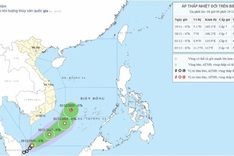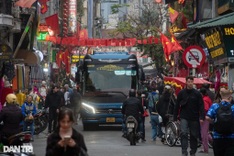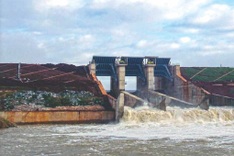
The station's main gate is locked. Inside, weeds grow on the deserted platform while several idle freight cars rust under the sun. A few employees rotate shifts to guard the facility and manage basic upkeep.

Opened in 2014, Ha Long Station was the terminus of the Yen Vien–Pha Lai–Ha Long–Cai Lan railway. Designed as a modern international terminal, the 1,500-square-metre facility was meant to stimulate trade and tourism in the northern coastal city.

But from its launch until services halted in 2021, it operated just one train per day, transporting vegetables from Bac Giang, Bac Ninh and Hai Duong provinces to Quang Ninh.

According to station chief Nguyen Duc Tan, the passengers were mostly small-scale vendors. Trains would pause for 45 minutes to allow trading, though some weeks saw only a single trip.

Service was suspended during the Covid-19 pandemic and has not resumed. The station once had over a dozen staff; now, just four remain.

The 131-kilometre railway was once a flagship project, backed by more than VND 7.66 trillion (approximately USD 300 million) in government bonds. Originally approved in 2004, it was intended to connect goods from China to Cai Lan Port and support regional economic development.

However, construction was halted in 2011 due to cuts in public investment. Despite multiple changes in investment plans and scope, large sections remain incomplete, including the Ha Long–Cai Lan segment.
The Ministry of Construction is now preparing a pre-feasibility study to revive the railway, shifting its focus to passenger transport. Consultants estimate the line could serve 7 to 8 million passengers annually by 2050, with freight volumes projected to fall to just 2.7 to 3.3 million tonnes per year.




















